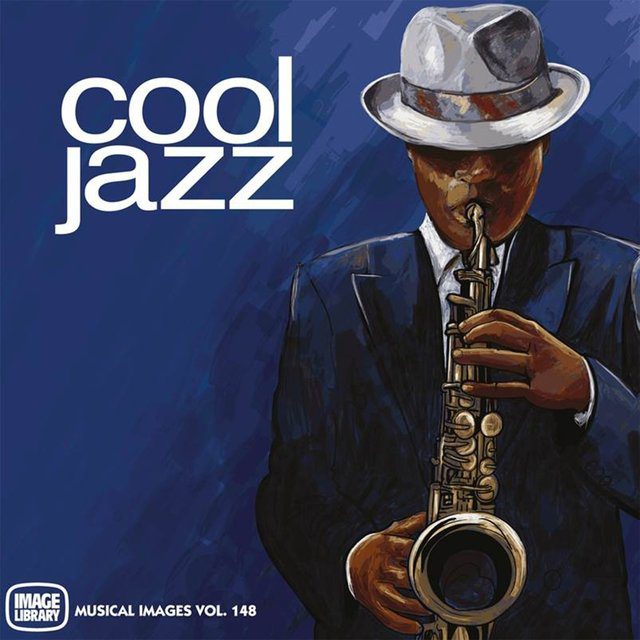Introduction
The subgenera of Jazz known as Cool Jazz consisted of soft sounds, highly structured song arrangements, and frequently relaxed tempos. Cool Jazz differed from its predecessor since it did not adopt the rapid tempo, complex chord progression, and improvisation that Bebop was associated with. This particular branch of jazz is associated with the West Coast and its influences can still be seen in West Coast Music today.
Beginning of Cool Jazz
A mid-century style shift started to emerge in many fields of popular culture, music, and art in the years immediately following World War II. A second generation of jazz performers started experimenting with classic jazz sounds about this period. The outcome was a split in musical trends that eventually gave rise to the two main schools of jazz thought known as bebop and cool jazz.
Cool jazz allowed for artists such as Miles Davis and Gil Evans to create music that countered the previous Bebop era. Cool Jazz was commercially popular and its relaxing tempo and softer dynamic grew to be associated with Los Angeles, Ca.While Miles Davis was not a West Coast Native, his music influenced many Los Angeles-based jazz musicians who also were apart of the Cool Jazz genre. Prominent West Coast jazz musicians include Chet Baker, Dave Brubeck, and Chico Hamilton. The formation of West Coast Jazz was symbolized by Gery Mulligan’s move to Los Angeles in the 1950’s. With each new ensemble Cool Jazz was more and more associated with the West Coast. Places such as the Lighthouse in Hermosa Beach were coined the “epicenter” of West Coast Jazz.

West Coast Jazz
Almost always, when someone mentions “West Coast jazz” or “cool jazz,” they’re talking to a genre of jazz music played by musicians in California (and particularly in Los Angeles) in the late 1950s and early 1960s. The West Coast sound was a little more mellow and lyrical than the hard-bop sound prevalent on the East Coast at the time, with blended harmonies and, generally speaking, more interest in composition and arrangement than improvisation. In addition, West Coast musicians tended to experiment more with unusual instrumentation and jazz bands of various sizes (such as octets and nonets, as opposed to the more traditional trios, quartets, and quintets). You can hear every distinguishing feature of the West Coast jazz sound in these five tracks.
The term “Cool Jazz” was an ode to the laid back and mellow tune of this particular type of jazz that originated from black slang. However, Cool Jazz’s popularity allowed it to quickly cross racial lines and gain a following from a white audience as well. Cool Jazz had a softer and more melodic rhythm compared to Bebop. Unlike its predecessor, Cool Jazz relies more on formal arrangements, ultimately resulting in a less jarring rhythm and overall more mellow sound.


